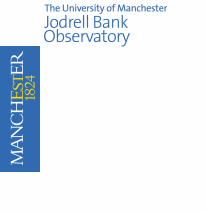Chapter 4
Efffects of the Interstellar Medium
Opening Paragraph
In Chapters 1 and 2 we saw that the
pulsar signal is affected in a number of ways (frequency dispersion,
Faraday rotation, scintillation and scattering) as it propagates
through the interstellar medium (ISM). This chapter presents the basic
theoretical background in those areas necessary for planning and
interpreting observations. We begin with a discussion of dispersion
and Faraday rotation which can be understood by propagation through a
homogeneous medium. Then we move on to describe scattering and
scintillation effects caused by propagation through a more realistic
model of the ISM which includes turbulence on a variety of length
scales. As essentially perfect point sources, pulsars show
scintillation effects that are absent in extended radio sources for
the same reason that `stars twinkle, and planets do not'. This has a
number of important observational consequences that we discuss in detail.
Figures
Further Reading
Available Resources
Opening Paragraph
 4.01.gif original - 13 kB  4.02.gif original - 12 kB  4.03.gif original - 7 kB  4.04.gif original - 9 kB  4.05.gif original - 7 kB |
Distance estimator program - this program compares a variety of different models used to calculate the distances to pulsars for a given position and DM value.
References:
Further Reading
Available Resources
